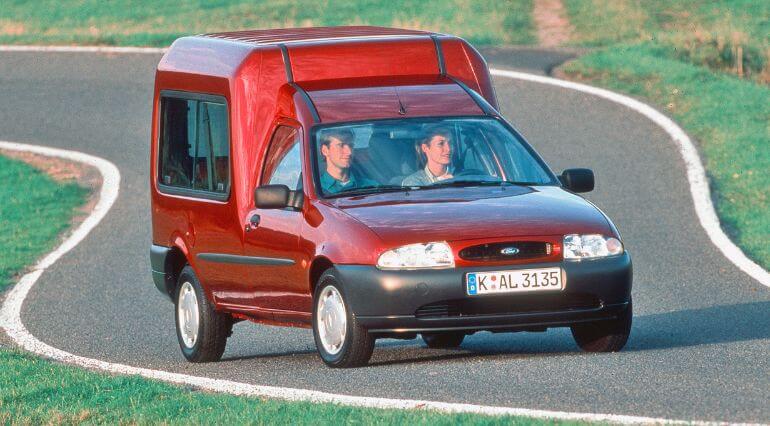Join the conversation
We love to hear from our customers. Connect with us today and let’s start a conversation.
...searching

The last ever Fiesta has rolled out of Ford’s Cologne plant, drawing to a close the beloved supermini’s near half-century long tenure. But why was it axed? And will it ever be replaced?
Ask almost anyone you know about the Ford Fiesta and chances are they will have an anecdote to tell you. For many, it was synonymous with one of life’s great rites of passage: retiring the L plates and regaining a sense of freedom and independence. For others, it was a trusty companion for the weekly trip to the bingo. However you chose to use your Fiesta though, you probably still harbor some fond memories of it.
Alas, following last year’s axing of the equally stalwart Mondeo, Ford has now pulled the plug on its most popular small car too. But, unlike the big saloon which had been posting lacklustre sales figures for some time, the Fiesta continued to be a strong seller right until the bitter end. Why has the blue oval canned it then?
To answer that question, first we must take a trip down memory lane. Developed under the Bobcat moniker, the original Fiesta was introduced in 1976 and struck a chord with the British public straight off the bat. Arguably pioneering the supermini segment, the MK1 Fiesta offered fantastic value and low running costs, teamed with practicality and engaging driving dynamics.

Enter your registration and postcode and we’ll show you the best tyres for your car
Evolving dramatically over its seven-generation model run, Ford ultimately made a Fiesta for just about anything you could think of. From courier vans to pocket rockets, the Fiesta had such a mass market appeal, that many rivals like Renault's Clio and Vauxhall's Corsa struggled to ever escape its shadow.
Regularly featuring at the top of the UK sales charts, Ford shifted over 22 million Fiesta’s globally since 1976.
And although this popularity continued late into the 2010s, cracks first started to form after the outbreak of the Covid pandemic in 2020. Forced to divert parts and resources towards more profitable models, quickly a six-month waiting list formed for the Fiesta. This, combined with a market which now favours crossovers (evidenced by the Puma outselling the Fiesta for the first time in 2021) meant the Fiesta quickly became a less appealing proposition to Ford.

The final nails in the coffin were the already tight margins on small cars (understandably, Ford would rather pursue more profitable segments) and the company’s drive towards a fully electrified range by 2030, including plans to repurpose the Cologne plant for EV production.
It would appear that no model is safe from Ford’s range-culling campaign either, with recent news that the Focus (the Fiesta’s bigger brother) is set to be struck from the roster in 2025. Oh, how times change.

Will we see Ford revive the Fiesta nameplate with an all-electric successor? It looks unlikely. But for now, those in need of an EV alternative will have to look towards Vauxhall’s electric Corsa instead. Rest in peace Fiesta, you will be missed.
We love to hear from our customers. Connect with us today and let’s start a conversation.